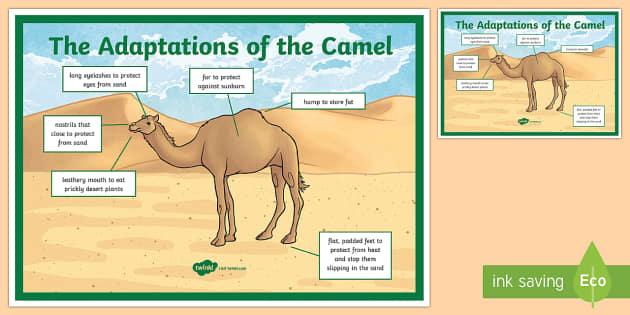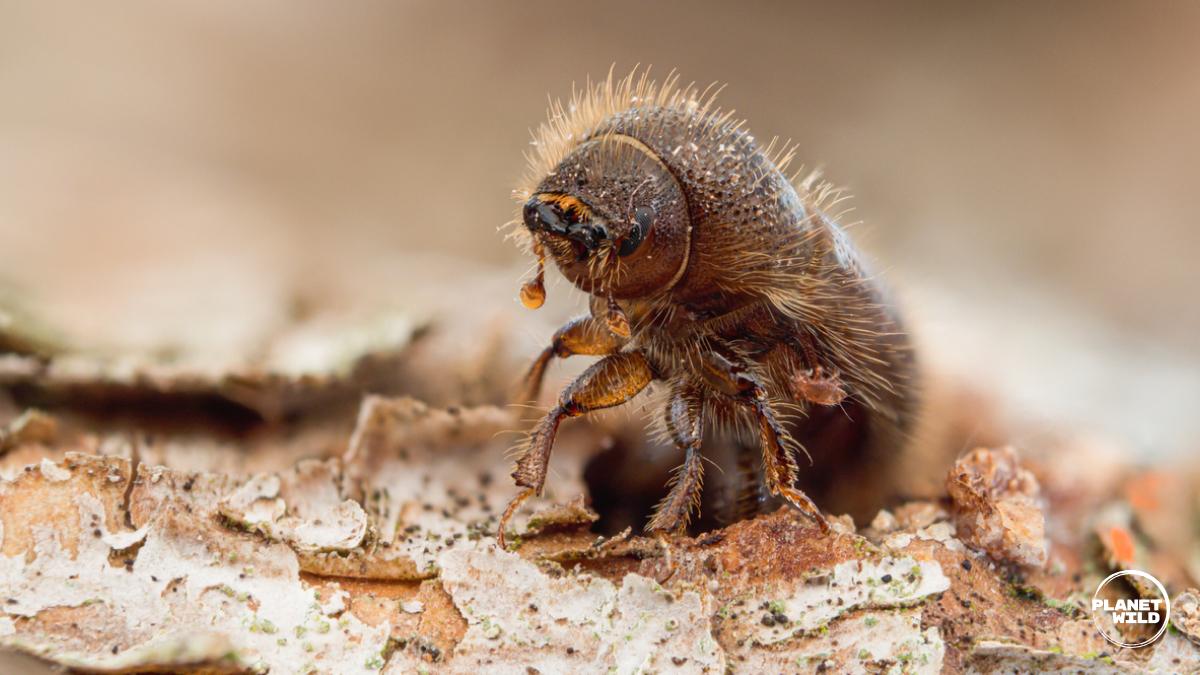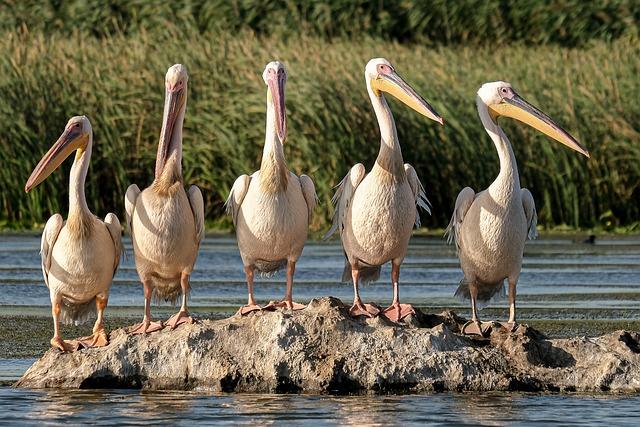Table of Contents
- Understanding Plant Community Structures in Diverse Ecosystems
- Exploring Symbiotic Relationships: The Role of Mycorrhizae and Nitrogen Fixation
- Adaptations of Plants to Unique Habitats: Insights from Desert and Wetland Flora
- The Impact of Invasive Species on Native Plant Communities
- Conservation Strategies: Protecting Plant Diversity in Changing Climates
- Q&A
- Final Thoughts
Understanding Plant Community Structures in Diverse Ecosystems
In a vibrant ecosystem, the architecture of plant communities plays a vital role in maintaining ecological balance. The interplay among various species creates unique layers within a habitat, influencing the overall health and resilience of the environment. Common structures include:
- Dominant Species: These are the plants that are most abundant and have a significant impact on the structure and function of the community.
- Subordinate Species: Often less numerous, these species fill niches and contribute to the biodiversity that supports ecosystem stability.
- Microhabitats: Variations in light, moisture, and soil quality lead to a range of microhabitats that support diverse plant growth.
Understanding these structures also involves recognizing how plant communities adapt to their surroundings. Factors such as soil type, topography, and climate conditions dictate not only the presence of certain species but also their interactions. A few examples include:
| Factor | Impact on Plant Community |
|---|---|
| Soil Composition | Supports specific plant types, affecting nutrient availability and community dynamics. |
| Climate | Determines resistance to drought and other environmental stresses. |
| Elevation | Creates varied microclimates, fostering diverse growth patterns. |
Additionally, the resilience of these plant communities is enhanced through symbiotic relationships, which can be critical during environmental changes. For instance, plants may develop mycorrhizal relationships with fungi, improving nutrient uptake and encouraging community stability. Important components include:
- Mutualism: Beneficial associations that promote growth and survival.
- Competition: Species may compete for resources, shaping community structure and driving evolution.
- Herbivory: The feeding habits of herbivores can influence which species thrive or decline.

Exploring Symbiotic Relationships: The Role of Mycorrhizae and Nitrogen Fixation
In the intricate web of plant ecology, mycorrhizae serve as a vital link between plants and soil. These fungal associations establish symbiotic relationships with over 90% of terrestrial plants, enhancing their nutrient acquisition. Through mycelial networks, mycorrhizae increase a plant’s surface area for absorption, allowing for greater access to essential minerals and water. This partnership not only supports plant growth but also improves soil structure and stability, fostering a healthier ecosystem. Key benefits of mycorrhizal relationships include:
- Increased nutrient uptake: Facilitates the absorption of phosphorus and other micronutrients.
- Water retention: Enhances the soil’s capacity to hold moisture, crucial during dry spells.
- Soil structure improvement: Helps in building a more stable soil matrix through hyphal networks.
Nitrogen fixation is another critical process that showcases the depth of symbiotic relationships within plant ecology. Certain bacteria, such as those in the genus Rhizobium, form nodules on the roots of leguminous plants. These bacteria convert atmospheric nitrogen into a form that plants can readily use, enriching the soil with this crucial nutrient. This partnership not only boosts agricultural productivity but also contributes to sustainable land-use practices. A comparison of mycorrhizae and nitrogen-fixing relationships reveals their unique roles:
| Aspect | Mycorrhizae | Nitrogen Fixation |
|---|---|---|
| Primary Benefit | Enhanced nutrient absorption | Conversion of nitrogen |
| Organisms Involved | Fungi and plants | Bacteria and legumes |
| Impact on Soil | Improves soil structure | Enriches nitrogen levels |
These vital interactions underscore the importance of symbiotic relationships in sustaining plant ecosystems. By working together, plants and their microbial partners optimize resource use, bolster defenses against pathogens, and contribute to the overall health of their environment. As research continues, the intricate dynamics of such partnerships offer exciting insights into creating resilient ecosystems, ultimately aiding conservation and agricultural efforts.

Adaptations of Plants to Unique Habitats: Insights from Desert and Wetland Flora
Plants are remarkable survivors, exhibiting a wide range of adaptations that allow them to thrive in the most challenging environments. In desert habitats, where water is scarce and temperatures can soar during the day, flora such as cacti and succulents demonstrate unique features. For example, the thick, waxy coatings on their surfaces minimize water loss through evaporation. Additionally, many desert plants have shallow root systems that spread widely to capture any available moisture from rainfall. These adaptations include:
- CAM Photosynthesis: A specialized process that allows plants to open their stomata at night to reduce water loss.
- Water Storage: Structures like fleshy stems or leaves help store water for dry spells.
- Reduced Leaf Surface Area: Many desert plants adapt by having needle-like leaves or no leaves at all, further conserving water.
Contrarily, wetland flora face their own set of challenges, primarily rooted in fluctuating water levels and anaerobic soils. These plants have evolved a variety of adaptations that enable them to thrive in saturated conditions. For instance, many species possess aerenchyma, specialized tissue that facilitates gas exchange underwater. Others have developed stilt roots, which provide stability and allow them to access oxygen above the water’s surface. Some key adaptations found in wetland plants include:
- Floating Leaves: A strategy allowing leaves to extend above water and capture sunlight.
- Flexible Stems: Adaptations that enable bending in response to water currents.
- Root Aeration: Structures that facilitate oxygen absorption even when submerged.
Understanding these unique adaptations not only highlights the resilience of plant life but also underscores the importance of biodiversity in ecological balance. Recognizing how plants in both deserts and wetlands respond to their environments enhances our appreciation for their complexity and the intricacies of nature. The following table illustrates some fascinating examples of plant adaptations in these contrasting ecosystems:
| Habitat | Plant | Adaptation |
|---|---|---|
| Desert | Saguaro Cactus | Water storage in stems |
| Desert | Agave | CAM photosynthesis |
| Wetland | Water Lily | Floating leaves for sunlight |
| Wetland | Cattail | Aerenchyma for gas exchange |

The Impact of Invasive Species on Native Plant Communities
The introduction of invasive species into native ecosystems can lead to significant changes in plant communities, often disrupting the delicate balance that has evolved over time. These non-native plants frequently outcompete local flora for essential resources such as sunlight, water, and nutrients, leading to a decline in native plant populations. As a result, these local species, which have adapted over centuries to their specific environmental conditions, may struggle to survive against aggressive invaders. Some common ways invasive species impact native plants include:
- Resource Competition: Invasive species often grow rapidly and can monopolize vital resources, leaving native plants with insufficient access.
- Alteration of Soil Chemistry: Many invaders change soil composition through their root systems or decay processes, impacting the viability of native species.
- Disruption of Pollinator Relationships: Invasive plants may attract pollinators away from native species, leading to decreased reproduction rates for local plants.
Furthermore, the presence of invasive plants can lead to a cascading effect on the entire ecosystem. For instance, as native plants decline, the wildlife that relies on them for food and habitat may also suffer. Diverse plant communities provide essential services, such as soil stabilization, carbon storage, and ecosystem resilience. The loss of native flora not only endangers animal species but also puts at risk the continued health of ecosystem functions. Some key impacts include:
| Impact on Ecosystem Functions | Examples |
|---|---|
| Soil Erosion | Loss of deep-rooted native plants, leading to sediment runoff. |
| Wildlife Habitat | Invasive species provide less nutritional value for herbivores. |
| Biodiversity Loss | Decrease in plant variety, affecting overall ecosystem health. |
Moreover, the long-term effects of invasive species can lead to irreversible changes within native plant communities, as the altered ecosystem shifts toward a new equilibrium dominated by non-native species. Conservation efforts often aim to restore and manage these communities by removing invasive species and reintroducing native plants. By understanding the dynamics of invasions and their repercussions, ecologists can better devise strategies to mitigate these impacts and promote the recovery of native ecosystems. This approach not only helps protect biodiversity but also fosters resilience against future ecological challenges.

Conservation Strategies: Protecting Plant Diversity in Changing Climates
In an era where climate change poses a significant threat to biodiversity, various conservation strategies have emerged to safeguard plant diversity. One effective approach is the establishment of protected areas, which serve as sanctuaries for endangered plant species. These zones not only preserve unique ecosystems but also facilitate the study and monitoring of plant responses to environmental changes. Furthermore, enhancing the connectivity between these protected areas helps promote genetic diversity, allowing species to migrate as their habitats shift.
Another vital strategy involves the use of ex situ conservation, where plant species are cultivated outside their natural habitats. Botanical gardens and seed banks play a crucial role in preserving plant diversity, particularly for species at high risk of extinction. These facilities allow researchers to propagate and study plants under controlled conditions, providing essential data on their growth requirements and resilience to climate fluctuations. By utilizing innovative techniques, such as cryopreservation of seeds, conservationists can extend the viability of species long-term, ensuring their survival.
Community engagement is equally important in conservation efforts. Involving local communities in conservation programs fosters a sense of ownership and responsibility towards their natural environments. Effective strategies include:
- Education and awareness campaigns to highlight the importance of plant diversity.
- Incentives for sustainable practices, encouraging farmers to adopt agroforestry or organic farming.
- Citizen science projects that encourage local participation in biodiversity monitoring.
Such initiatives not only empower communities but also create a sustainable model that balances human needs with ecosystem health, essential for maintaining plant diversity in the face of climate change.



0 Comments